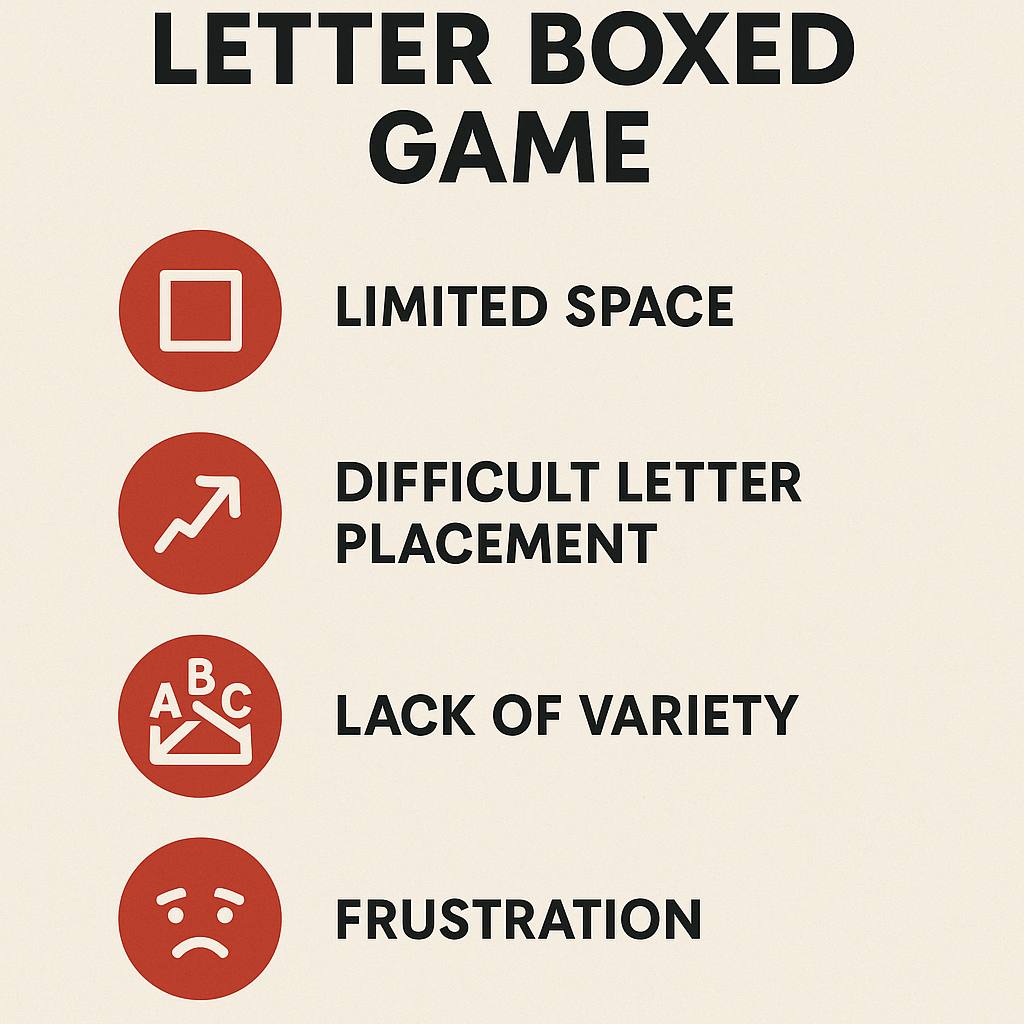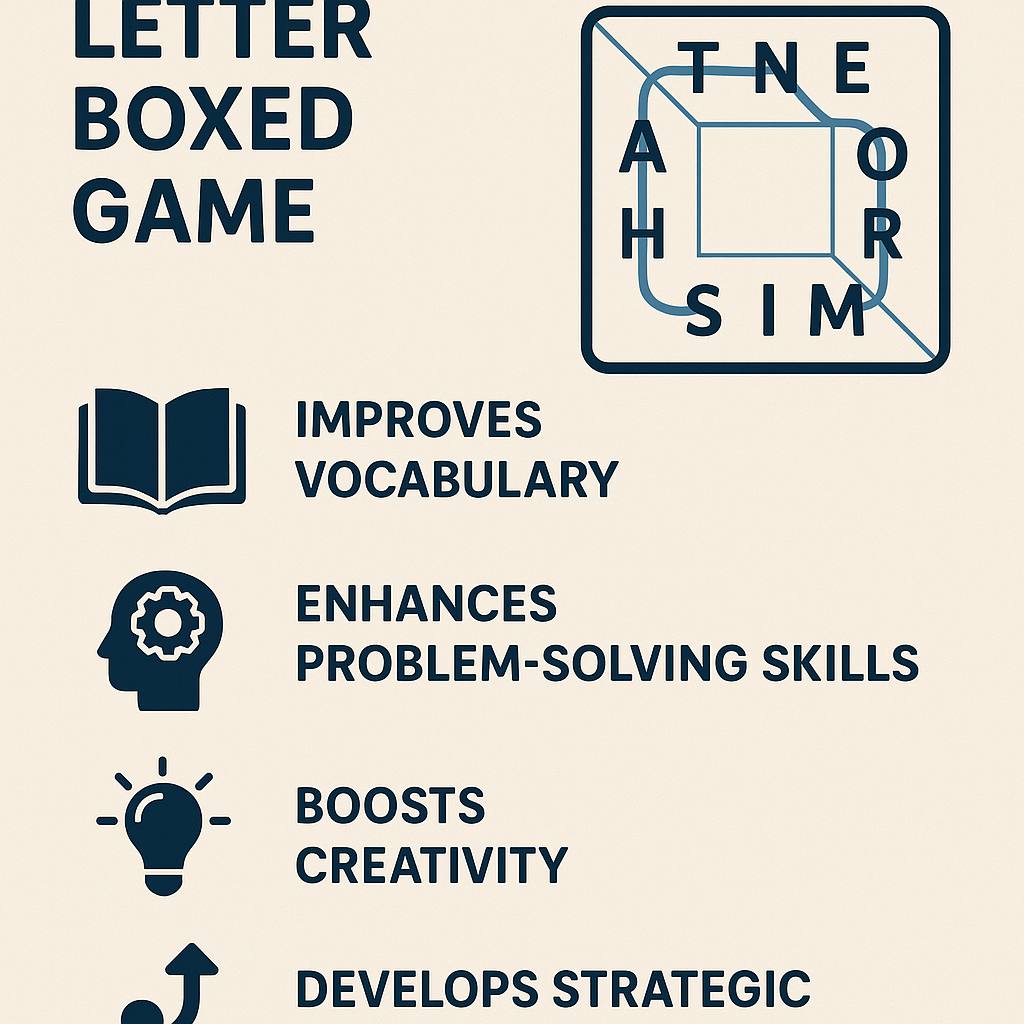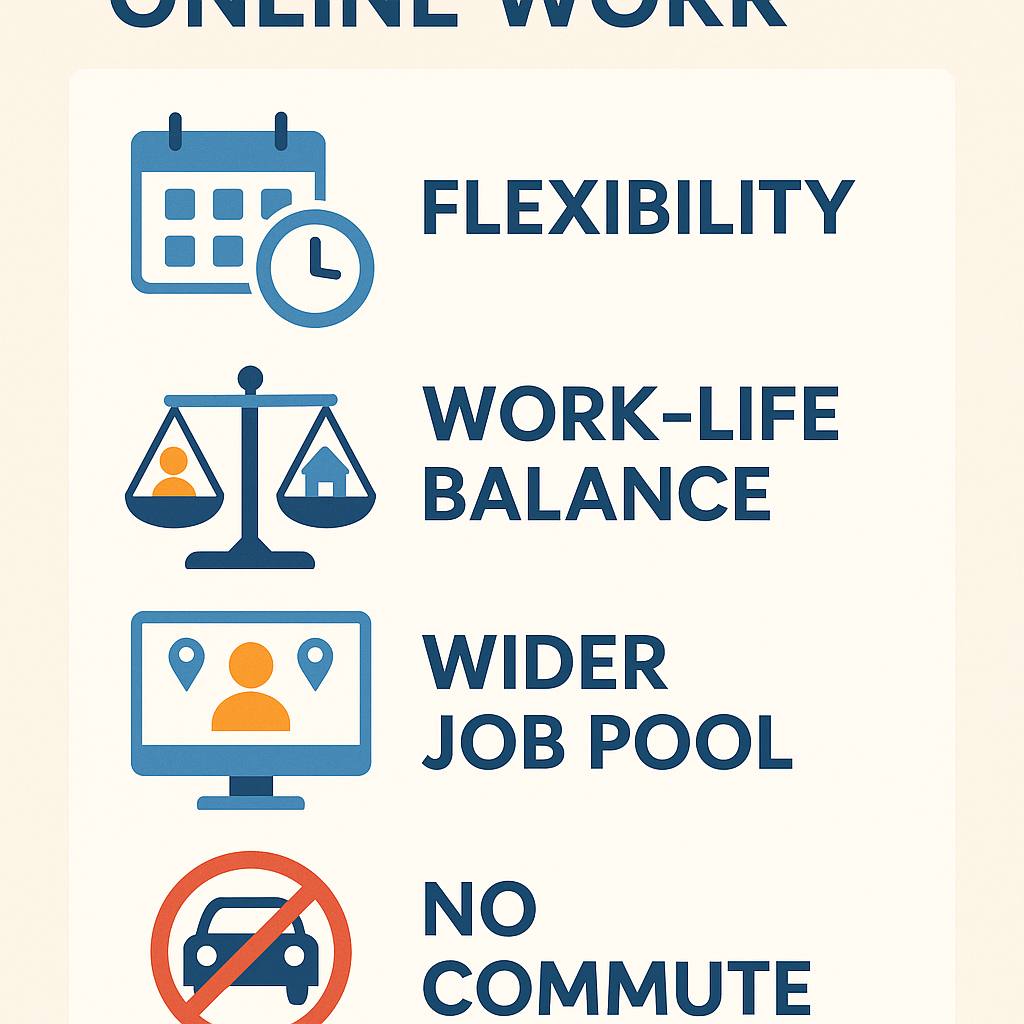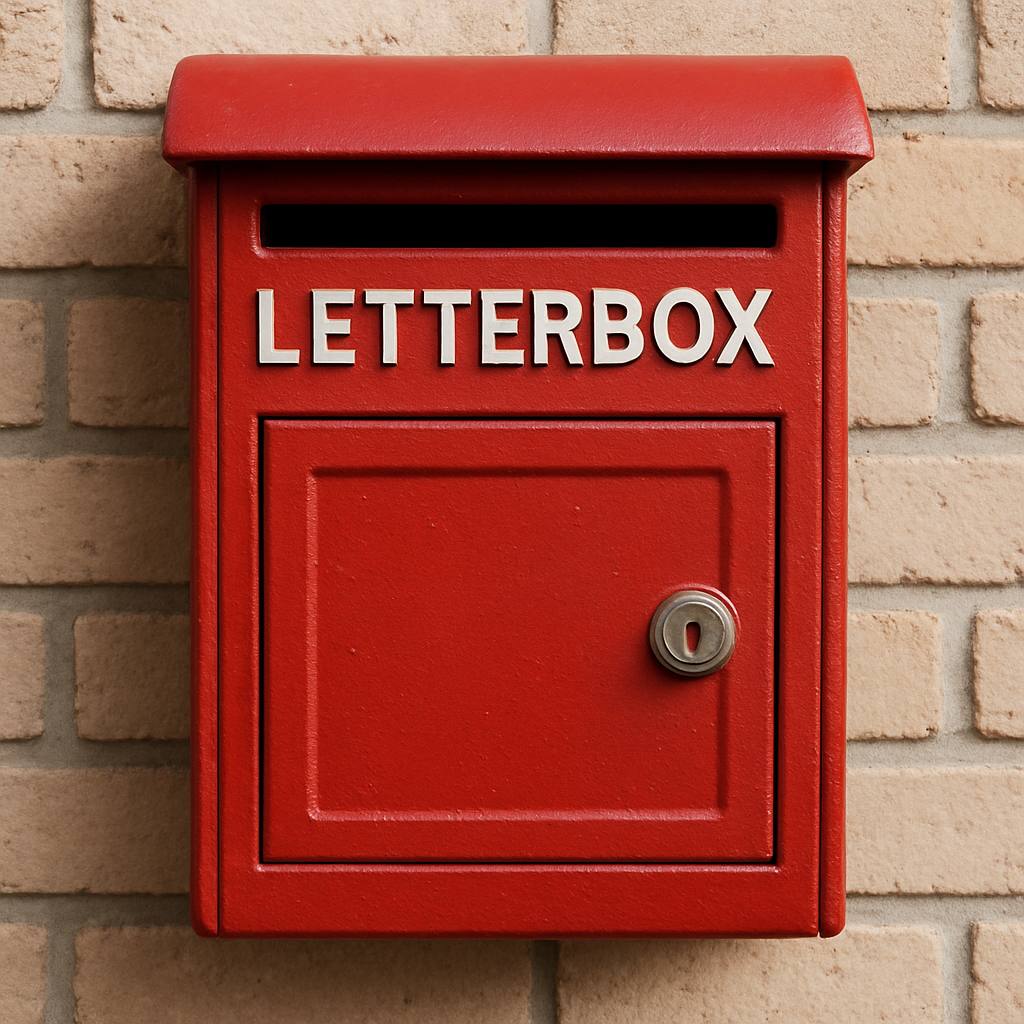Introduction
The dusty blue color is a subtle yet impactful hue that has gained prominence in various design fields, including interior design, fashion, and branding. This article aims to explore the characteristics of dusty blue, its psychological implications, and its applications across different domains.
What is Dusty Blue?
Dusty blue is a muted shade of blue that blends gray tones with traditional blue, resulting in a soft, sophisticated hue. This color can vary in intensity, ranging from pale, almost pastel shades to deeper, more vibrant tones. The versatility of dusty blue allows it to be integrated into various color palettes.
Characteristics of Dusty Blue
- Hue: Dusty blue is primarily a blue hue with gray undertones.
- Lightness: It can range from light to dark, depending on the amount of gray mixed into the blue.
- Saturation: Dusty blue is typically low in saturation, giving it a soft, understated quality.
- Complementary Colors: Pairs well with neutrals, earthy tones, and other soft colors.
The Psychological Impact of Dusty Blue
Colors have significant psychological effects on individuals and can evoke various emotions and associations. Dusty blue is no exception. Understanding these implications can help designers and marketers utilize this color effectively.
Calmness and Serenity
Dusty blue is often associated with tranquility and peace. Its muted tone can evoke feelings of calmness, making it an excellent choice for spaces aimed at relaxation, such as bedrooms or meditation areas.
Trust and Reliability
In branding and corporate identity, dusty blue can symbolize trustworthiness and reliability. Many financial institutions and tech companies incorporate shades of blue in their branding to foster a sense of security among consumers.
Elegance and Sophistication
The softness of dusty blue lends an air of elegance and refinement. It is often used in wedding themes and formal events, providing a sophisticated backdrop without being overly ostentatious.
Applications of Dusty Blue in Design
Given its versatile nature, dusty blue can be employed in various design contexts. Below are some notable applications.
Interior Design
- Wall Colors: Dusty blue can be used on walls to create a serene atmosphere.
- Accent Pieces: Incorporating dusty blue in furniture or decor can add a touch of elegance.
- Textiles: This color is popular in upholstery, curtains, and bedding for its calming effect.
Fashion
- Seasonal Trends: Dusty blue is often featured in spring and summer fashion lines.
- Accessorizing: Used in accessories like scarves and handbags, dusty blue can complement various outfits.
- Bridal Wear: This color is increasingly popular in bridal themes and bridesmaid dresses.
Branding and Marketing
- Corporate Identity: Companies often choose dusty blue for logos and marketing materials to convey trust.
- Website Design: Dusty blue can enhance the user experience by creating a calming browsing environment.
- Packaging: Brands may utilize dusty blue in product packaging to evoke feelings of reliability.
Color Combinations with Dusty Blue
Understanding how to pair dusty blue with other colors is essential for achieving desired aesthetics. Here are some effective color combinations:
Neutrals
- White
- Gray
- Beige
These combinations create a soft, harmonious look that is visually appealing and easy to incorporate into different designs.
Earth Tones
- Terracotta
- Olive Green
- Brown
Earthy tones paired with dusty blue create a grounded and organic feel, suitable for rustic or nature-inspired designs.
Pastels
- Pale Pink
- Lavender
- Pale Yellow
Combining dusty blue with other pastel shades can create a whimsical and charming aesthetic, ideal for children’s rooms or playful spaces.
Conclusion
In summary, dusty blue is a versatile and sophisticated color that can evoke a range of emotions and associations. Its applications across various design disciplines underscore its significance in contemporary aesthetics. By understanding the characteristics and psychological implications of dusty blue, designers and marketers can effectively incorporate this hue into their work, enhancing both visual appeal and emotional resonance.
FAQs
1. What colors complement dusty blue?
Dusty blue pairs well with neutrals, pastels, and earthy tones, such as white, beige, terracotta, and pale pink.
2. Is dusty blue suitable for branding?
Yes, dusty blue is often used in branding to convey trustworthiness and reliability, making it a popular choice for corporate identities.
3. Can dusty blue be used in interior design?
Absolutely. Dusty blue is ideal for walls, furniture, and textiles, as it creates a calming and elegant atmosphere.
4. What emotions does dusty blue evoke?
Dusty blue is associated with calmness, trust, and sophistication, making it suitable for various contexts.
5. How can I incorporate dusty blue into my wardrobe?
You can use dusty blue in clothing items, accessories like scarves and handbags, or by mixing it with other colors for a fashionable ensemble.
6. Is dusty blue a trend in weddings?
Yes, dusty blue is increasingly popular in wedding themes, particularly in bridesmaid dresses and decor.
7. What season is dusty blue most commonly associated with?
Dusty blue is often featured in spring and summer fashion lines due to its light and airy quality.




